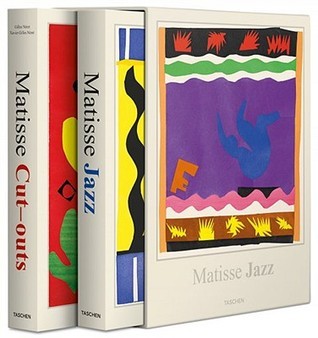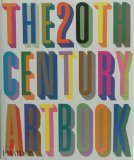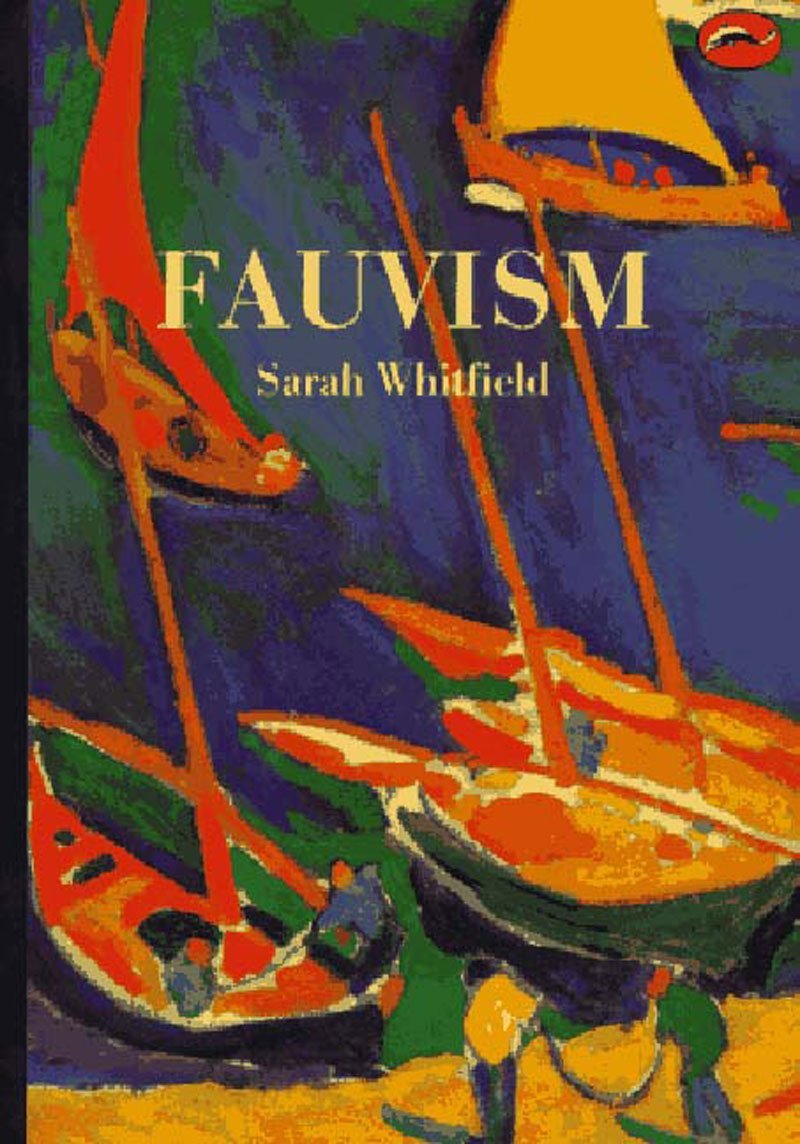
Henri Matisse: Cut-Outs & Jazz
Book Description
Dive into the vibrant world of Henri Matisse, where color and form dance together in a breathtaking symphony of creativity! Through the lens of cut-outs and the dynamic rhythms of jazz, Gilles Néret unveils Matisse’s revolutionary art that shattered conventions and ignited inspiration. Each page reveals the artist's fearless exploration of shape, feeling, and freedom, capturing the essence of a restless genius determined to redefine art. As the vivid compositions leap off the page, questions arise: What drove Matisse to embrace such radical techniques, and how did his bold choices forever change the landscape of modern art?
Quick Book Summary
"Henri Matisse: Cut-Outs & Jazz" by Gilles Néret celebrates the innovative late career of one of the 20th century’s most influential artists. The book delves into Matisse’s vibrant cut-outs and his groundbreaking artist’s book, "Jazz." Faced with illness and restricted mobility, Matisse turned to paper, scissors, and gouache—transforming physical limitation into artistic liberation. Néret explores how Matisse abandoned traditional painting conventions to express pure color and form, orchestrating visual compositions that seem to dance with rhythm and spontaneity. Through lively analysis and sumptuous imagery, the book reveals how Matisse’s embrace of cut-outs and improvisation not only redefined his own practice but left an indelible mark on the course of modern art, inspiring generations to come.
Summary of Key Ideas
Table of Contents
Radical Reinvention Through Cut-Outs
Henri Matisse’s turn to cut-outs in his later years marked a daring artistic transformation, reshaping the possibilities of pictorial expression. No longer confined by canvases and brushes, Matisse invented a technique where he used painted papers, which he cut and arranged into bold, abstract compositions. Gilles Néret explores how this shift allowed the artist to bypass his declining health and instead channel his creative energy into a new medium, resulting in works that were playful yet deeply intentional, combining decorative exuberance with a structural sophistication.
The Influence and Spirit of Jazz
Matisse’s book "Jazz" epitomizes his fascination with rhythm, movement, and improvisation. In this iconic series, colorful cut-outs accompany handwritten notes, merging visual and literary arts in a celebration of spontaneity. Néret examines how the spirit of jazz music—its unpredictability and energy—became a metaphor for Matisse’s renewed artistic process. The juxtaposition of lyrical forms and vibrant hues echoed the syncopation and freedom of jazz, offering viewers a multisensory experience where color and line seemed to dance.
Color, Form, and the Pursuit of Pure Expression
Color and form were at the core of Matisse’s late works. He sought to distill his subjects to their essence, using simplified shapes and pure colors to evoke feeling rather than representation. Néret highlights how these cut-outs were meticulously planned, even as they appeared effortless. Matisse balanced instinct with precision, cutting directly into color to make the medium itself the message. This abstract language became a means for Matisse to pursue an unmediated connection between art and sensation.
Artistic Freedom Amidst Adversity
Physical adversity did not stifle Matisse’s innovation; rather, it became the crucible for his liberation as an artist. Confined to a wheelchair, he developed the “painting with scissors” approach as both necessity and opportunity. Néret illustrates how Matisse’s resilience and restless curiosity led him to view limitation not as a hindrance, but as a new challenge in the search for artistic freedom. The cut-outs radiate optimism and vitality, embodying triumph over adversity.
Legacy and Impact on Modern Art
The impact of Matisse’s cut-outs and "Jazz" reverberated far beyond his lifetime, influencing artists across generations. Néret contextualizes these works within the broader trajectory of modern art, where their joyous colors, innovative forms, and disregard for convention became templates for abstraction and new creative expression. "Henri Matisse: Cut-Outs & Jazz" closes by celebrating Matisse’s enduring legacy as a fearless experimenter, a master of reinvention, and an eternal source of inspiration.
Download This Summary
Get a free PDF of this summary instantly — no email required.





